I'm sure you people have played video games in your childhood, or some of you would still be playing them. But, if you have to name one game as your all-time favorite, you'll likely name a Nintendo game.
Since most people who know Nintendo as a video game company assume that it would have been established somewhere in the late 1990s. What if we tell you that Nintendo was founded way before that? Like, in the late 1880s. It's okay; we expected your jaws would drop.
Nintendo is among those very few companies that have evolved with time to stay relevant in the industry. As a result, this video game company is still a massive name in gaming, even after more than 130 years have passed since it was established.
After we got to know more about Nintendo, our excitement began to increase. Hence we decided to conduct a Nintendo SWOT Analysis. This SWOT analysis will identify the internal and external factors that impact the growth of Nintendo.
We are sure you're still thinking about how a video gaming company existed a century back when even electricity was considered very rare. Don't get confused; we'll spill the beans by telling you about the complete history of Nintendo, but for that, we have to rewind back to 1889.
In 1889, Fusajiro Yamauchi started a business manufacturing playing cards in Kyoto, Japan. He called his business Nintendo Karuta. But unfortunately, he only produced old Japanese playing cards that had nothing to do with video games.
Nearly after a century, in 1980, its subsidiary, Nintendo of America, was announced, which started selling games. From there onwards, Nintendo began to get famous day by day. Every passing year, it would develop new exciting and addicting games such as Donkey Kong, Mario, and The Legend of Zelda.
Besides launching games, Nintendo also launched a coin-operated gaming machine which was a true sensation back in 1981. Later it also found its own gaming system, which became an instant hit. From there onwards, Nintendo started developing advanced portable game systems that took the gaming and consoles creating company to new heights of popularity.
Nintendo is considered one of the biggest video game companies by revenue. It managed to generate revenue of $16.1 billion in 2020. Keeping in mind where it started, Nintendo has come a long way. At the moment, Nintendo has 6,574 employees in 27 branches all across the globe.
After looking at the journey of Nintendo, we are compelled to get a complete snapshot of the internal and external factors affecting Nintendo. The SWOT template of Nintendo will help us investigate the strengths, weaknesses, opportunities, and threats that influence the growth of Nintendo.
Besides getting insight into Nintendo, this article will also act as a guide in teaching you how to conduct a SWOT analysis. Therefore, before you scroll down, we would recommend you look at some of the examples of SWOT analysis so that you know what to expect from this article.
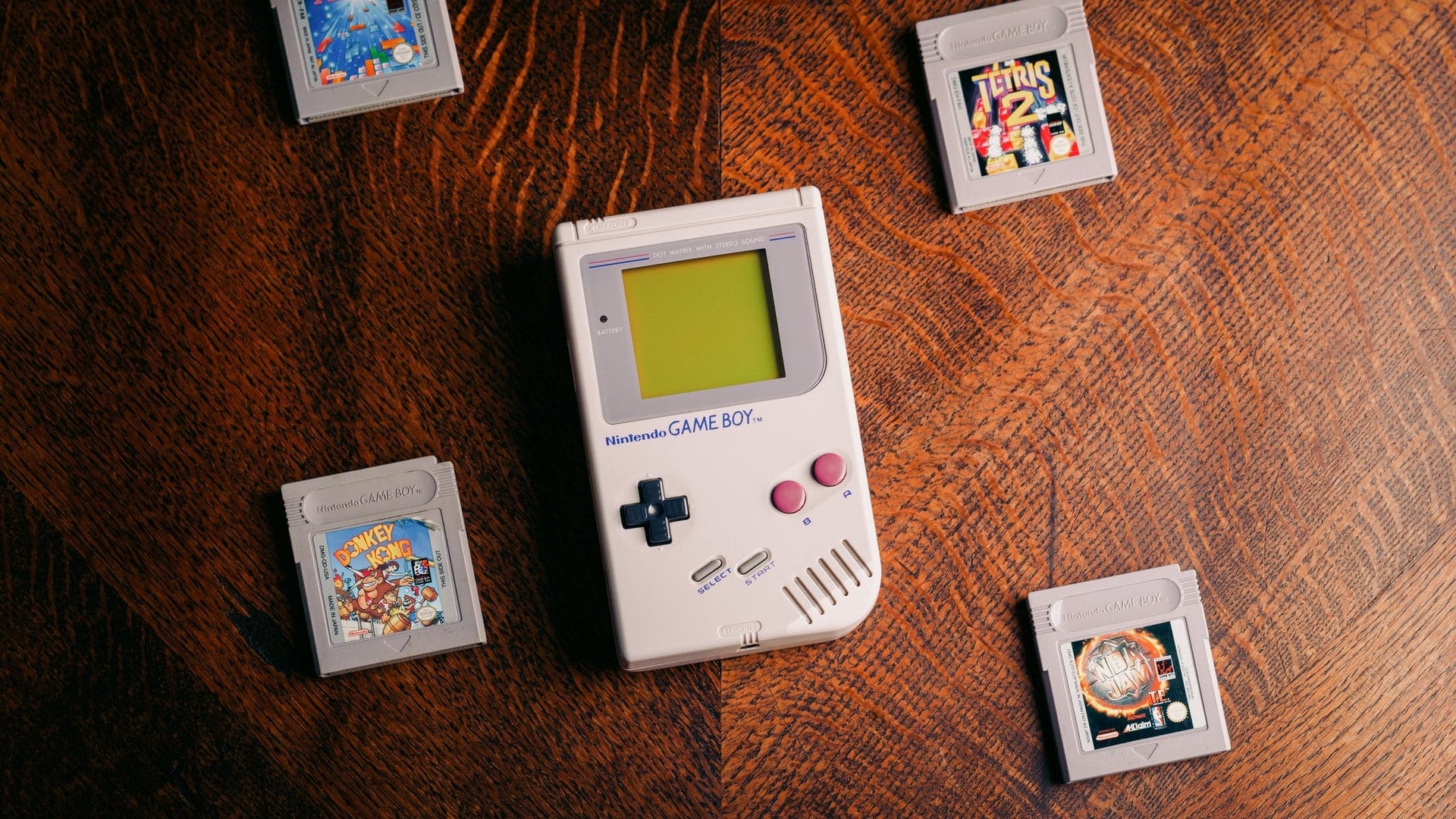
Strengths of Nintendo
Strengths are the factors due to which companies attain growth and manage to compete with their competitors. Every organization has strengths that help the organization grab market share.
In this section, we will discuss some of the strengths that made Nintendo one of the biggest video games and gaming console developers.
Vast Experience
Unlike some of the newbies in the gaming industry, Nintendo has the experience of more than 130 years. It has evolved from manufacturing playing cards to manufacturing real-looking video games and gaming consoles.
Such experience in the gaming industry provides Nintendo a competitive edge over its competitors. Moreover, after spending so many years in the same sector, Nintendo knows how to make gamers happy.
Variety of Games
Nintendo provides a large variety of games to gamers. It has developed games for almost every category which exists. From action to arcade, sports, fighting, you name it.
Nintendo attracts all types of gamers; that is why it is considered among the top video gaming companies, with a market cap of $58.30 billion.
Marketing
No matter how good a product is, it's challenging to sell it without good marketing. Nintendo has improved its marketing over the years.
The outcome of improved marketing is clearly visible since Nintendo managed to sell 103.54 units of the Switch by 2022 through effective marketing strategies.
International Presence
If we recall, Nintendo was established in Kyoto, Japan. From there, it started growing, and it spread internationally. Currently, Nintendo is operating in 27 countries across the globe.
Since It has spread its operations to other countries, the revenue generated from different countries contributes to a great extent to Nintendo's overall revenue.
Valuable Partnerships
Partnerships with the right organizations are essential for the growth of any business. Keeping that in mind, Nintendo shook hands with Disney. As a result, Disney allowed Nintendo to use Disney characters in their products.
This brought great popularity to Nintendo and helped it become a household name. This partnership turned out to be so beneficial for Nintendo that soon, Nintendo got listed on the Kyoto and Osaka stock exchange due to its rising popularity.
Weaknesses of Nintendo
The letter W in the acronym SWOT stands for weaknesses of the organization. Weaknesses account for the shortcomings of any company, which hold it back from achieving its desired goals.
Since we have already discussed the strengths of Nintendo, we will now shed some light on the weaknesses that Nintendo has.
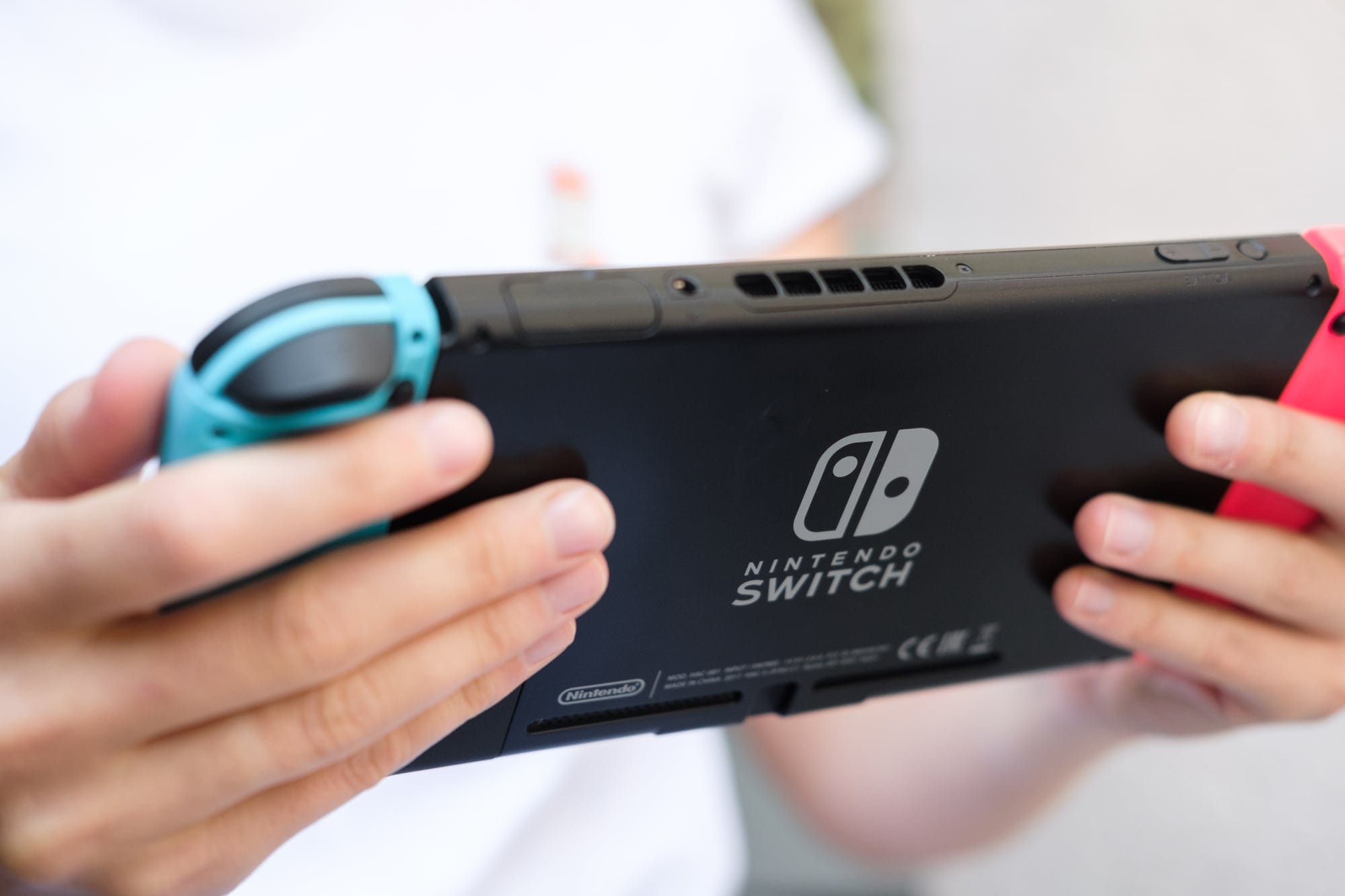
Over-Reliance on One Product
As the companies start growing, the very first thing they do is multiply their revenue streams so that they don't rely on anyone's source of revenue. Whereas Nintendo showed heavy reliance on one of its products, Switch.
In 2019, out of the total revenue of Nintendo, 85% of the revenue was generated through the sales of Switch only. Such reliance on one product is undoubtedly a significant weakness because if there's a dip in its sales, the entire company will have to suffer financially.
Supply Chain Problems
Upon the arrival of COVID-19, lockdowns were imposed all across the globe; although it was the most challenging time for the school kids, it was a time to relax. Demand for Nintendo Switch increased massively during the lockdown period, but Nintendo failed to meet the demand due to disruption in its supply chain.
In 2021, Nintendo failed to manufacture the planned units of Switch consoles. Instead, it announced that it would produce 20% fewer Switch consoles because of the lack of electronic parts used in the manufacturing process.
Missing Out on Developing Markets
Although Nintendo successfully spread its operations in different countries yet, it chose not to operate in developing economies; instead, Nintendo spread its operations in developed markets such as North America and Europe, where already great competition is present.
Nintendo had a chance to enter and capture new developing markets such as India, Africa, and South-East Asia timely. Doing so would have increased the revenue of Nintendo as well as its customer base.
Counterfeit Products
Nintendo has experienced a rise in its counterfeit products. The availability of counterfeit products could result if a company fails to impose intellectual property rights in some countries.
This could damage Nintendo's reputation since consumers think they are using Nintendo's products, whereas actually, they are using substandard counterfeit products.
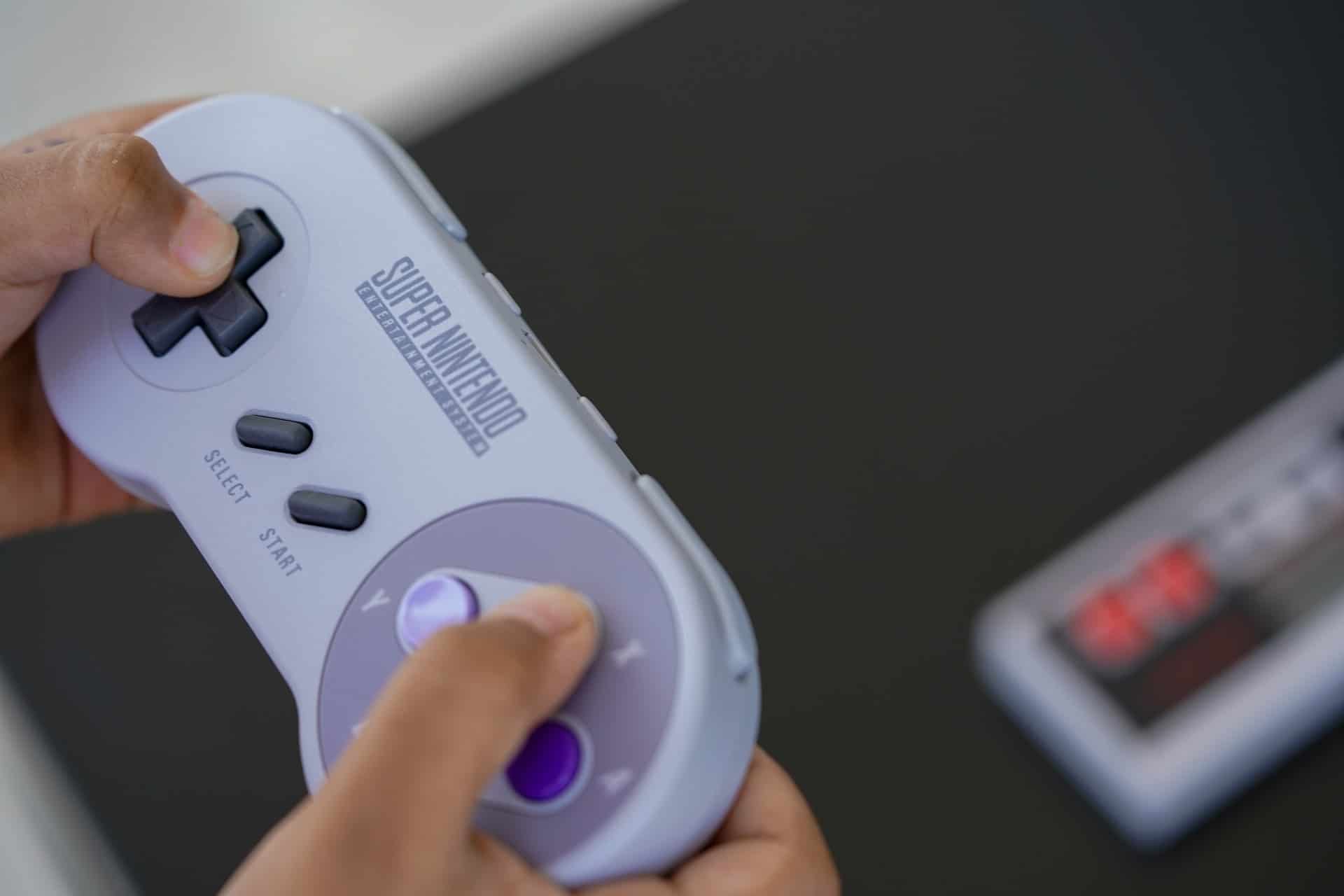
Opportunities for Nintendo
Wise is the person who avails opportunities at the right time, but for that, one must have identified the available opportunities.
Opportunities in SWOT analysis represent changes that lie ahead of organizations; if they avail these opportunities at the right time, it could help them increase their market share.
Focus on Developing Markets
As we discussed earlier, Nintendo has always focused on already developed countries where it has to face competition. However, to capture new markets, Nintendo should move to new developing markets.
Such markets have great potential and a lot to offer. If Nintendo manages to capture such developing markets, It won't be considered less than getting hold of a gold mine.
Diversification
Since Nintendo is known for its video games and consoles, that doesn't mean that's all Nintendo's gonna do. Nintendo has the potential to diversify its product range.
It can start manufacturing and selling gaming accessories. This would increase the revenue for Nintendo and multiply its revenue stream.
Launching Games on Mobile Phones
After the arrival of smartphones, the culture of playing games on phones has increased rapidly. Nearly 2.7 billion people play games on their mobile phones nowadays.
Nintendo should launch its games on mobile phones instead of producing games that can only be played on Nintendo gaming consoles. This can help Nintendo in increasing its market share and total revenue.
Adopting VR
Just close your eyes and imagine playing Mario through VR; wouldn't it be cool? Nintendo should adopt new technologies and make the most of them.
Nintendo can re-launch some of its all-time classic games with a touch of VR. This would give gamers a more realistic experience of Nintendo's games. This innovation will lead to an increase in its customer base of Nintendo.
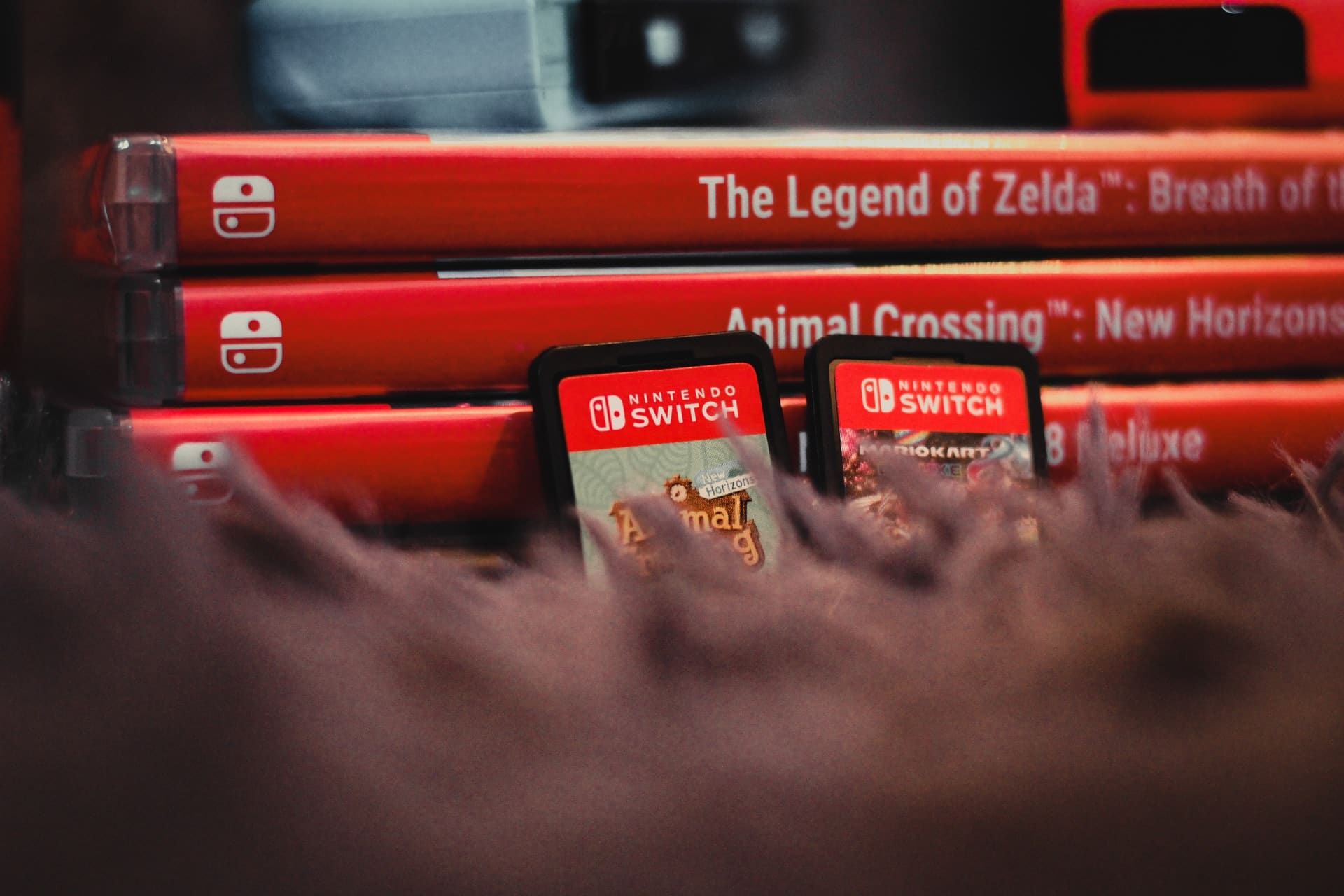
Threats Faced by Nintendo
This section accounts for all the factors responsible for holding back a company from achieving the desired levels of growth.
No matter how successful a company is, it'll always face threats externally. Similarly, Nintendo also faces threats from the external environment.
Tough Competition
Back in the days when Nintendo was considered a sensation in the gaming industry, there wasn't much competition.
Today the scenario is entirely different; companies like Sony, EA, and SEGA are highly competitive. Each of the companies tries to take the lead by continuously launching new products. In such a cutthroat competition, Nintendo has to strive hard to survive.
Changing Preferences
Due to technological change, the preferences of gamers have also changed. Back in the day, gamers used to buy games and a gaming console, but over the years, trends have changed.
Now gamers have shifted towards online gaming, and they prefer using mobile phones instead of gaming consoles. This change in consumer preferences can be considered a threat to Nintendo. Although this threat can be overcome by adapting to new trends.
Demographic Shift
Since Nintendo is a video gaming and gaming console manufacturing company, primarily its customers would be teenagers and young kids. Nintendo operates in different countries like Japan and USA.
Over the years, a noticeable demographic change has been observed in Japan. The number of old-aged people in the Japanese economy has increased over time. More than 28.7% of Japan's total population is 65 years old or older. This automatically means that the demand for Nintendo in Japan has decreased.
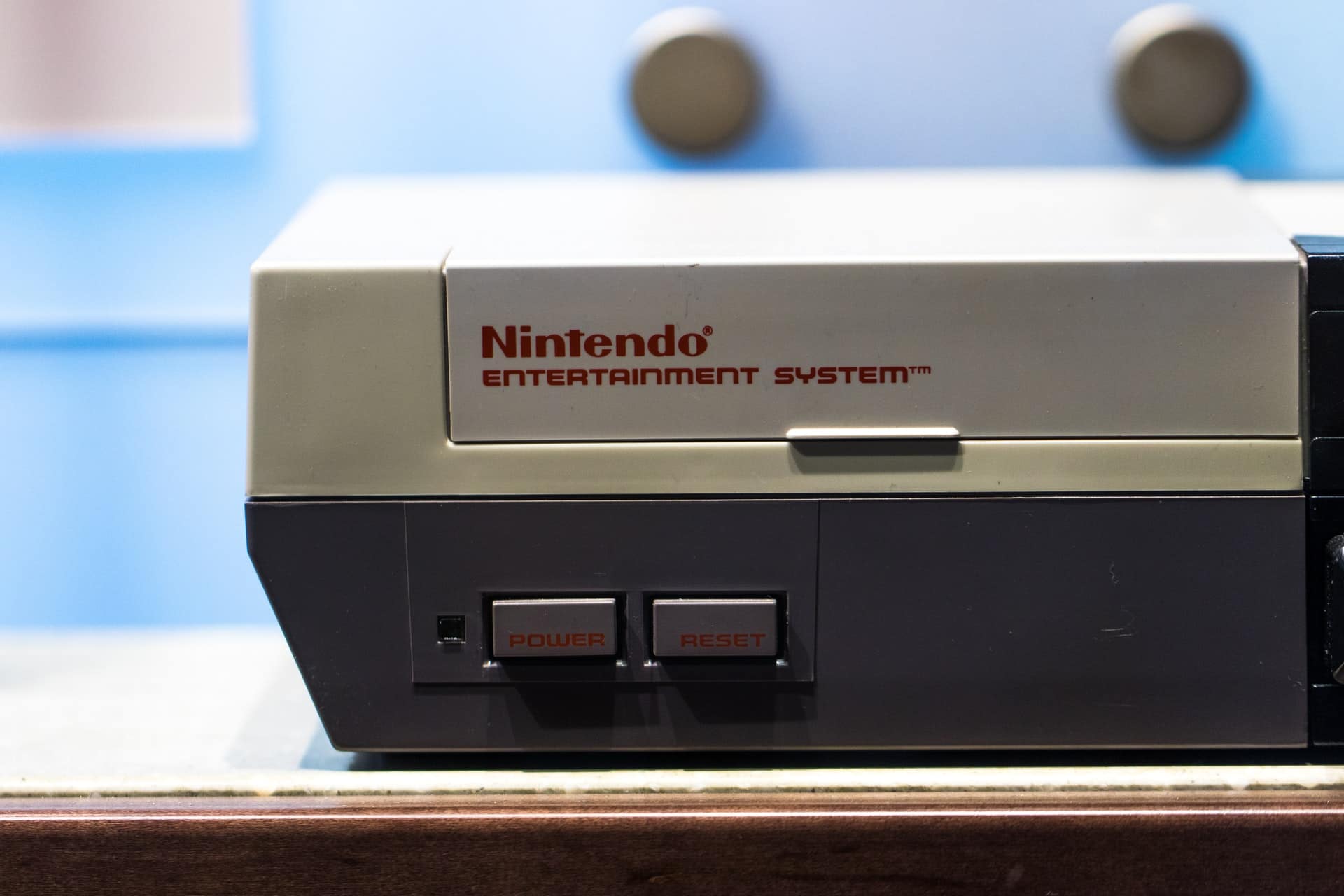
Nintendo SWOT Analysis: Final Thoughts
In this article, we shed light on some of the internal and external factors that influence the growth of Nintendo, the world's top gaming and gaming console manufacturing company.
To identify both internal and external factors, we used a business analysis tool called SWOT analysis. A SWOT analysis clearly states the strengths, weaknesses, opportunities, and threats an organization faces.
If you think that the findings of this SWOT analysis took so much time to read, don't worry; we have a solution for you. Results of this SWOT analysis can be put in a SWOT Matrix so that people can get aware of the results of SWOT analysis in the shortest possible time.
I am sure you enjoyed reading this article since it must have brought back some of your childhood memories of playing your favorite Nintendo game.
Besides giving you nostalgia, we also provided insight into your favorite gaming and gaming console producing company. We hope this article has increased your knowledge about the factors affecting the growth of Nintendo over the years. Besides that, now you have a clear understanding of how a SWOT analysis is done.









